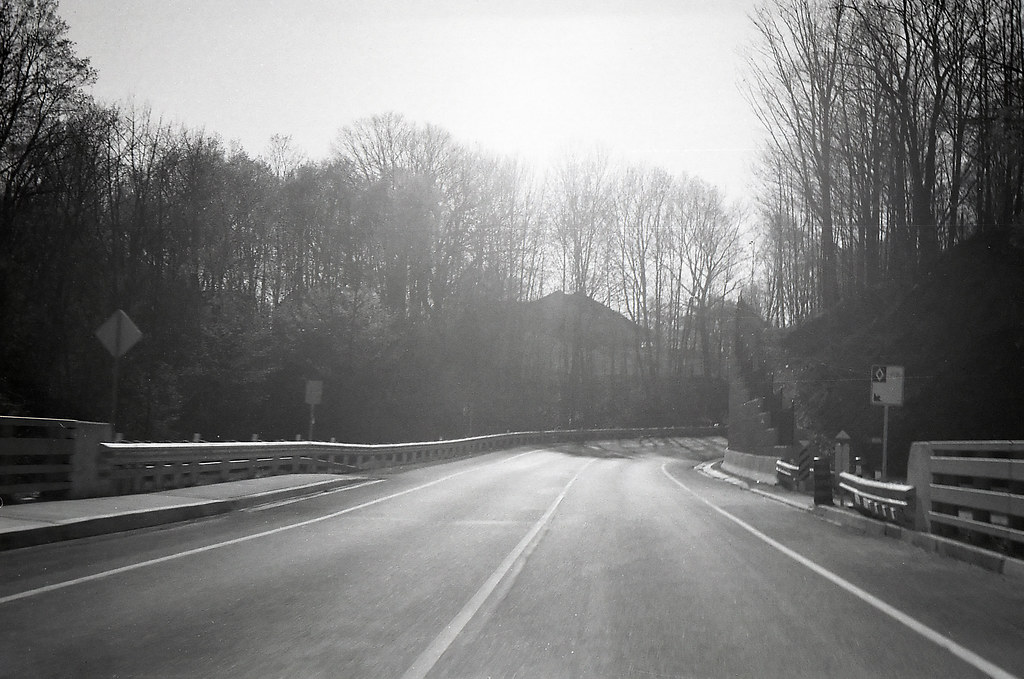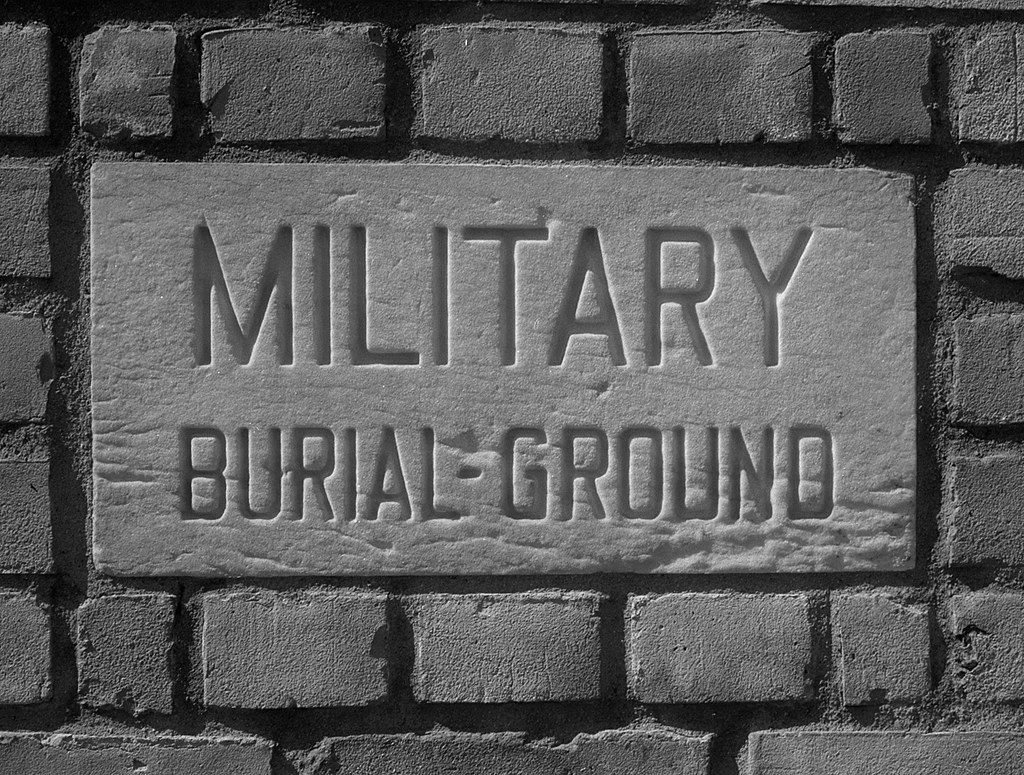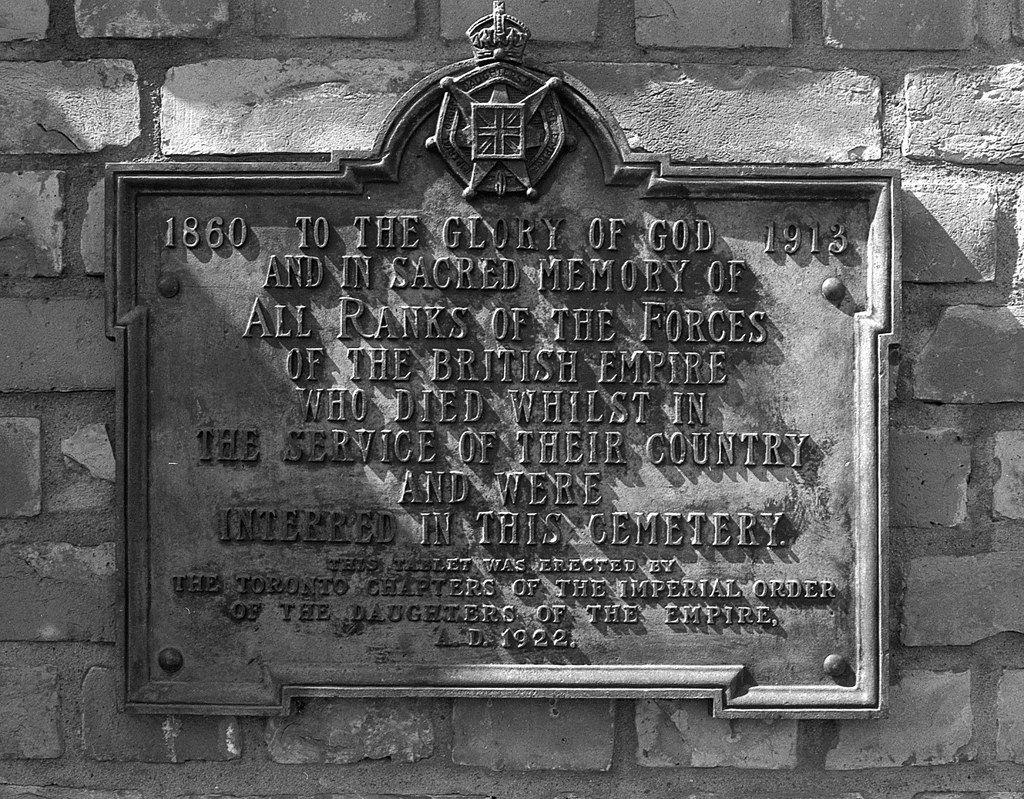If you have ever listened to my photography journey then you will have had heard of this particular camera, I am of course talking about the Minolta Hi-Matic 7s. While among the plethora of fixed lens rangefinders that flooded the market through the 1960s and 1970s it doesn’t stand out among some of the era’s heavy hitters, the Hi-Matic 7s is a sleeper of a camera. And for me, it holds the honour of being my first personal film camera a five-dollar purchase at a garage sale in 2002 it would be a near-constant companion until I got my first SLR. Still, it was a camera that often came along to events that I wanted some level of auto-exposure. I would give the camera up until 2015 when it went to John from the Film Photography Project after he expressed an interest. So if you’re wondering why there are some more ‘snapshot’ images, these are from my early days of photography when I was a regular attendee of Presbyterian Young People Society events.

Camera Specifications
Make: Minolta
Model: Hi-Matic 7s
Type: Rangefinder
Format: 135 (35mm) 36x24mm
Lens: Fixed, Minolta Rokkor-PF 1:1.8 f=45mm, 6 Elements/5 Groups, f/1.8-f/22
Shutter: Seko-LA Leaf Shutter, 1/4″ – 1/500″ + Bulb
Meter: Minolta CLC (CdS Cell) meter, EV5.7-EV17 @ ASA-100, ASA-25-ASA-800
Year of Manufacture: 1966-1969


Background
Minolta released the original Hi-Matic in 1962, it became the first auto-exposure rangefinder released by Minolta and proved an able camera. At the core of the autoexposure system is a selenium meter and the lens a 45mm f/2 Rokkor-PF Lens. The Hi-Matic also was produced by the American firm Ansco who branded their version the Autoset. The Hi-Matic/Autoset gained international fame when American astronaut John Glenn took one into space during his Friendship 7 spaceflight. The inclusion of the Hi-Matic in the Friendship 7 flight probably inspired the name of the follow-up model of the Hi-Matic. Released in 1963 the Hi-Matic 7 made a few improvements to the original model. It replaced the selenium cell with a CdS cell and added some manual exposure control. The Rokkor-PF lens remained the same with a 45mm focal length but made the lens slightly faster with an f/1.8 maximum aperture. The Hi-Matic 7 proved an instant success and became a popular camera in the Minolta line so much so that in 1966 an upgraded version hit the market. The 7s included two new systems from Minolta. The first being the Color Light Compensator (CLC) which added a second CdS cell to assist in improving exposure in difficult and high-contrast lighting conditions. The second being the Safe Loading System (SLS) which gave a visual indicator of the film is loaded and transported correctly. The 7s also provided a proper hot shoe and a better rangefinder patch with a yellow-blue colour. The Hi-Matic line seemed to peek in 1966 with the release of the 7s and the smaller Hi-Matic 9. Minolta would go on the produce several more models based on these two cameras through the 1970s, with many getting smaller and more automated. In 1977 Minolta returned to their successes with a true successor to both the 7s and 9 with the Hi-Matic 7sII. It took the best parts of the 7s and 9 into a compact and well-respected camera. But the 7sII was the last ‘good’ camera in the Hi-Matic line, and it would end in a whimper with 1984’s Hi-Matic GF. The GF was the furthest away from the original model little more than a semi-automatic zone focus plastic point and shoot.


Impressions
I’m not going to mince words here; the Hi-Matic 7s is a brick, it’s big, heavy and a little awkward. Yet the camera is surprisingly well laid out in where all the controls are located. The top plate is limited with the film advance, shutter release, hot shoe, and rewind. Exposure controls are located on the lens barrel and make it easy to set using the EV display in the viewfinder, with a dedicated window that allows you to see the EV result when adjusting shutter speed and aperture. Film EI is located on the bottom of the lens barrel. I’m impressed that the focusing ring has a plastic grip which makes it easy to find when you have the camera up at your eye. The viewfinder is one of the brightest I’ve found among contemporary cameras, and the rangefinder patch has good contrast, and the frame lines are clear and easy. The meter readout is clear with a needle display landing on the EV number. On the back of the camera, you have the readout for the SLS which is fairly simple with a red dash that moved across a window, but for me, it certainly helped. Surprisingly the camera is easy to handle and hold without a strap, but I certainly should have used one with the 7s. The 7s is far from being a pocketable camera the lens stick out but strikes a figure with the big element staring back at you. Not to mention the heavy build ensures that no matter what you throw at the camera, it can take a beating. Goodness knows by the time I ended my time with the 7s it had taken several falls and still kept going.


Experiences
While it’s been several years since I’ve had my hands on the 7s, but I clearly remember how easy the camera is to operate. Now you have to remember, before getting the 7s I had minimal exposure to photography and cameras beyond the 1980/90 point-and-shoot cameras that did everything automatically. Also, when I got the camera, there was not the same level of online resources for supporting old cameras. So when I say that the camera is simple to use, I mean that completely. I went into the 7s with zero knowledge of these cameras, yet I managed to get a roll of film loaded correctly, set the film speed, and set the camera into automatic mode. Having both the SLS and CLC features certainly helped, it also helped that the camera’s mercury cell still had a charge and did until 2015 when it died. The viewfinder frame lines made it easy to compose images complete with parallax correction, and the rangefinder patch has great contrast, so focusing is a breeze. When it came to the meter and EV, I had little experience as I ran the camera in fully automatic mode, but looking at it now, the EV system worked well for that camera. All you need to do was remember the EV number in the viewfinder, then adjust the aperture and shutter speeds until you got the correct EV number displayed on the lens barrel that matched how you wanted your image to look. But the best part is that the battery only powered the meter, so even if the battery died, you could still use an external meter and set the exposure manually and not even worry about the EV. And the leaf shutter will keep on working as it is entirely mechanical. I can honestly say that I never messed up a roll of film with the 7s, at least not that I can remember. I generally feel that as a first camera, the 7s proved an excellent choice.


Optics
When it comes to fixed lens cameras, the optics are certainly at the heart of the camera. No matter how easy the camera operates, if it has bad optics, it’s not that good of a camera. Unless you’re into that thing. But I digress. The optical heart of the 7s is a beautiful Rokkor-PF lens. The PF design included six elements in five groups. The lens is a classic Minolta design and one that I still use today with my XE-7 in the Rokkor-X PF 50/1.7. What I like the most is that the focal length is 45mm a nice lens for a rangefinder. It’s close to being your ‘normal’ angle of vision not too wide and not too long. Plus the lens is sharp, not that I was overly concerned on that when I first started, I was happy that it could open up to f/1.8 which certainly helped when all I could afford was 200-Speed Fuji and shooting indoors. But as I progressed, the lens proved an excellent bit of glass for the camera and certainly made it stand out from the first day I used it to the final roll.


Lowdown
If you’re looking at getting into mid-1960 fixed lens rangefinders and don’t want to blow your budget for one of the popular cameras than the Hi-Matic 7s is certainly for you. You can easily find ones on auction sites for under 100$ with most being in the 40-80$ range. Of course, the 7sII is far more expensive being a newer and much more popular camera. But honestly, the 7s is an amazing camera. The one thing to note is that it does take a mercury cell to power the meter these batteries are no longer available. You can get alternative such as Zinc-Air or Wyne cells. Alternatively, you can throw a new cell in there and hope for the best, or get an adapter to step down the voltage. As a first camera, the 7s provided me with an excellent soft start into the world of film photography and opened the door to the SR-T 102, X-7a, and even my first digital camera the DiMAGE Z2. And today I still rock an XE-7 and Maxxum 9 which all carry on my initial start with Minolta despite now swimming in a sea of Nikon. Well worth the addition to any collection.


Further Reading
Don’t just take my word on the Hi-Matic 7s, you can check out the reviews by other awesome camera reviewers!
Mike Eckman Dot Com – Minolta Hi-Matic 7s Review
Down the Road – Minolta Hi-Matic 7s Review
Matt’s Classic Cameras – Minolta Hi-Matic 7s Review
35mmc – One Year of Shooting Film A Minolta Hi-Matic 7s Review
2 Comments